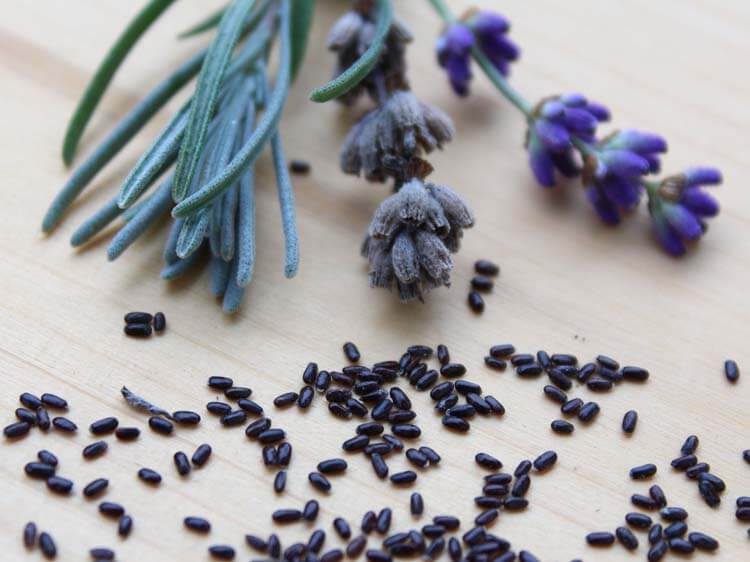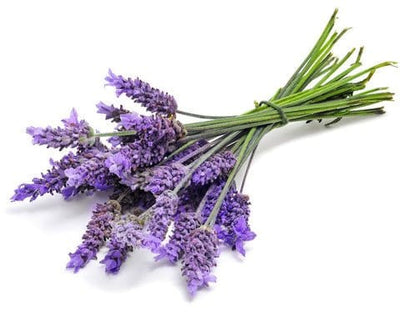Lavender seed( herb)
Lavender seed
These fragrant sub shrubs are popular in perennial borders and herb gardens alike, and the potpourri-worthy blue-violet, mauve, pink, or white flowers are prized for drying.
The silvery or grey-green tones of Lavender's foliage stand out in the garden, where they attractively contrast with its Neighbour's. Even if it didn't have such a divine perfume, lavender (genus Lavandula), a hardy plant for sunny dry locations and one of the toughest semi-shrubs around with one of the longest blooming periods, would find a position in most sunny gardens.
Common Name - Lavender
Quantity - 30 seeds per pack
Height - 1.00 to 1.50 feet
Spread. - 1.00 to 1.50 feet
Flower Color - Lavender blue
Bloom Time - June to August
Difficulty Level - Moderate
Planting and care
- Pruning: Because lavender is a woody subshrub, pruning methods should take this into account
- Leave plants alone for the winter (December to February) and postpone pruning until new growth appears in the spring (March to May)
- After flowering, plants may be sheared back and shaped, but do not cut low into old wood.
- Trim back older plants by a third every three years if they start to look unattractive.
Lavender care
- Prune the top of the plant to ensure a productive plant
- Loosen the roots from the potting soil by working the trowel teeth into the soil block
- Plant should be placed just above the mixture of stone, lime, bone meal, and compost. The roots should not touch the mixture. Soil should be gathered around the base of the plant.
- Deep water
Sunlight - Full sun for about 6 to 7 hours.
Watering - In the summer plants in pots will need frequent watering but remember to be careful not to waterlog lavender.
This should be unnecessary after establishment, except plants in pots which need frequent watering during summer.
Soil - Prefers a light, sandy soil with somewhat low fertility. This plant requires well drained soil. Soil potting mixture for this plant should generally contain 40 % cocopeat, 40 vermicompost and 20 % local garden soil.
Temperature -. 10 to 15 degrees Celsius
Fertilizer - Lavenders do well on poor soils and need little fertilizer, we just add a sprinkling of potash around the base of the plant in the late summer. Do not add high nitrogen feeds or manure; this can cause the plants to grow tall and weak.
You can simply add vermicompost.
Lavender uses
Ornamental Use:
- Dried lavender is used in bunches, bags and pot-pour for its scent (smell) and as a moth and insect repellant.
Note
Images are only for reference; the actual product may differ in shape and size.
The product is replaceable but non-returnable.




